Find Help
More Items From Ergsy search
-

What to expect of a DXA Scan
Relevance: 100%
-

What to expect of a DXA Scan
Relevance: 99%
-
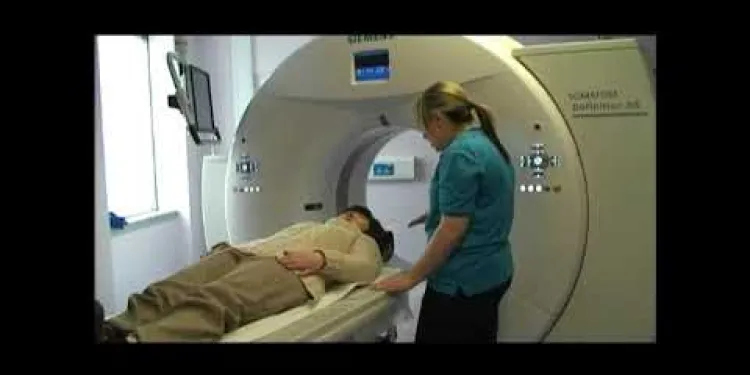
Going For a CT Scan
Relevance: 42%
-
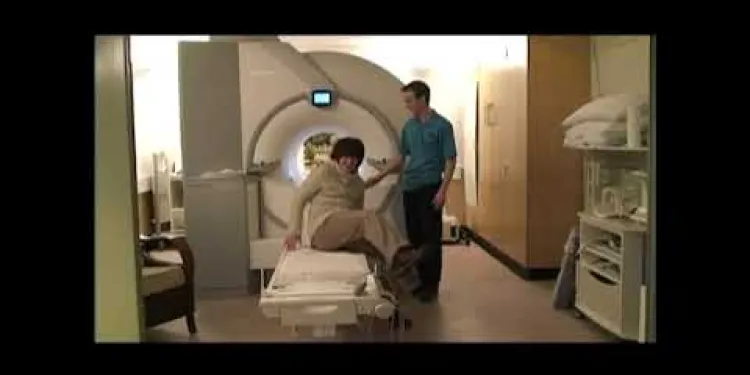
Going for an MRI Scan
Relevance: 40%
-
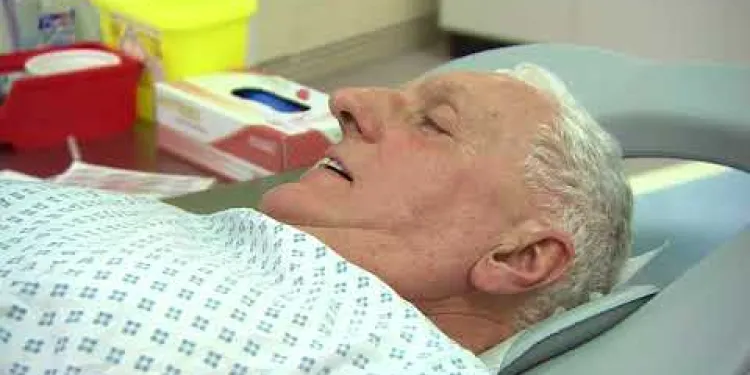
So, you're having a CT scan...
Relevance: 40%
-
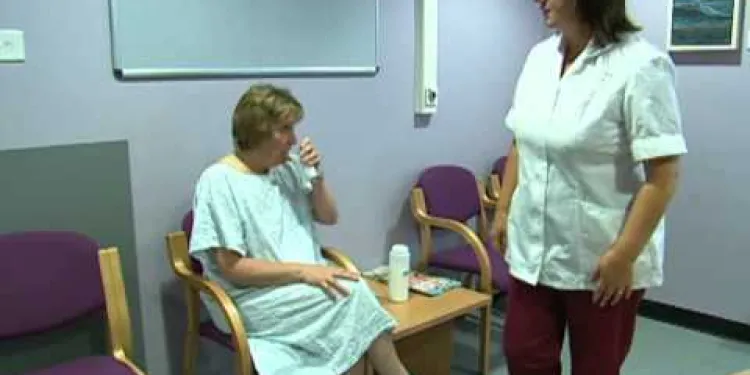
Having a CT Scan in Tayside
Relevance: 40%
-

I'm having an MRI scan
Relevance: 40%
-

Are AI body scans reliable?
Relevance: 40%
-
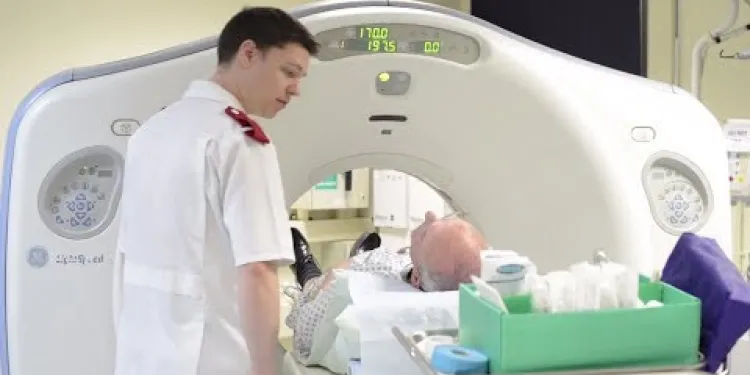
Having a CT scan in Hospital - What's it like having a CT scan at Bedford Hospital?
Relevance: 39%
-
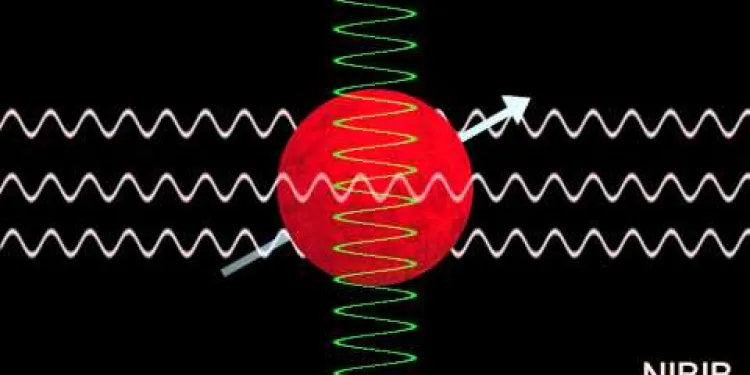
How Does an MRI Scan Work?
Relevance: 36%
-
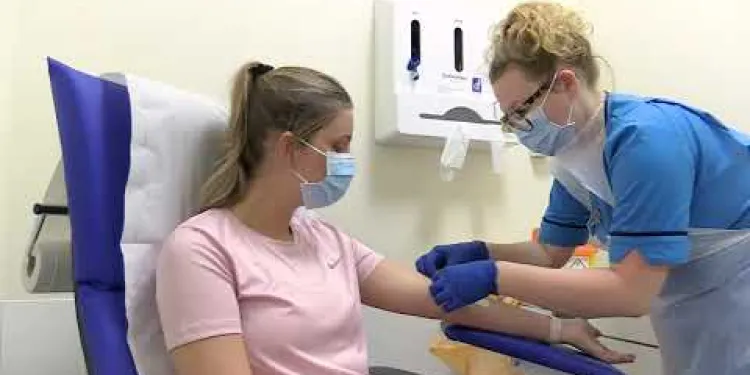
The FDG PET Scan: What to expect
Relevance: 36%
-

Having an Ultrasound scan at Manchester Royal Infirmary
Relevance: 35%
-
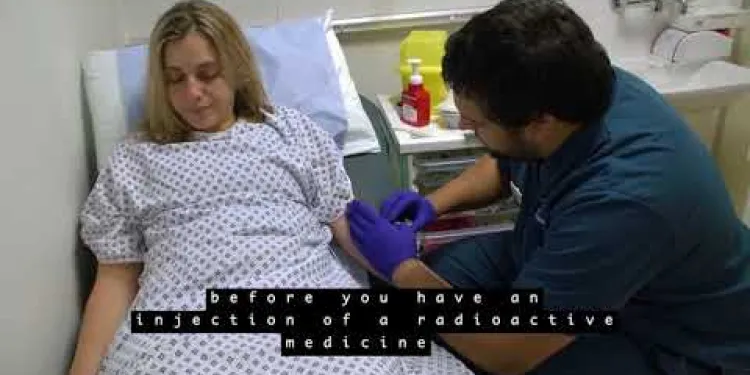
Your PET/CT scan at University College Hospital
Relevance: 35%
-

Patient video: What to expect when having a bone scan
Relevance: 33%
-
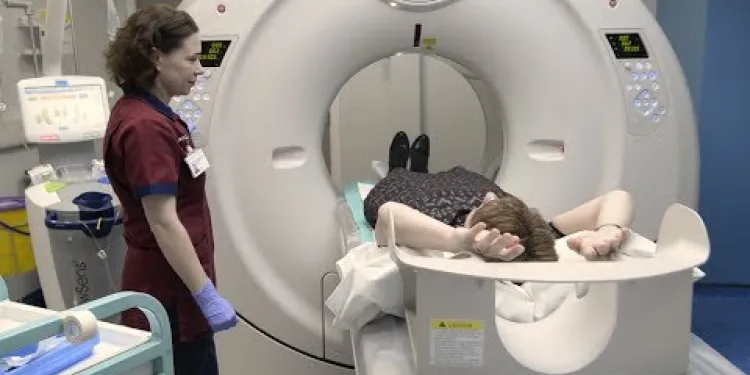
Having a CT Scan at Stoke Mandeville Hospital - Buckinghamshire Healthcare NHS Trust
Relevance: 32%
-

MRI Scanner walkthrough - what to expect at your appointment
Relevance: 17%
-
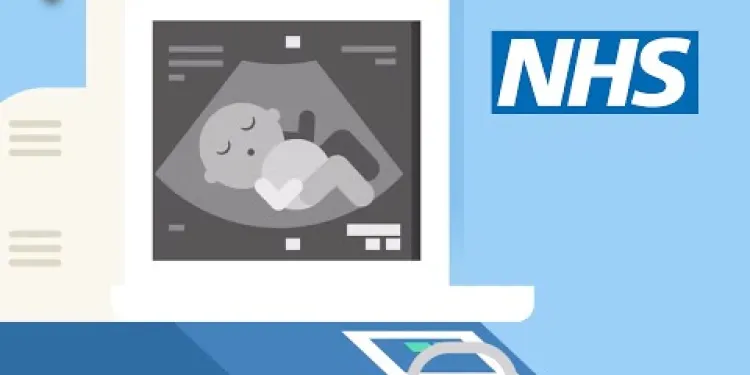
Screening tests for you and your baby | NHS
Relevance: 14%
-

Radiotherapy CT scanner
Relevance: 14%
-
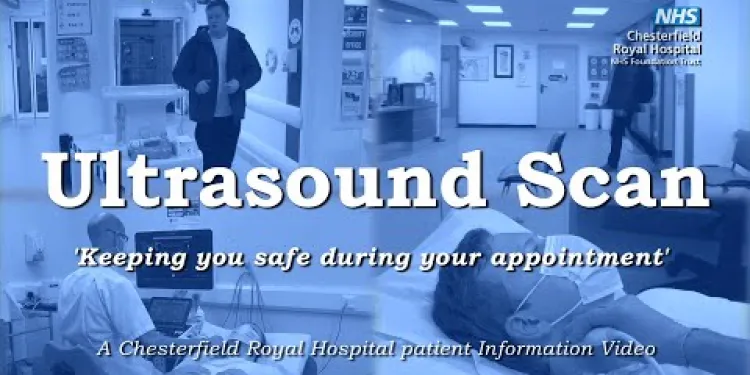
Your Ultrasound Appointment
Relevance: 13%
-

FFR-CT beat invasive conventional coronary angiography says a Cardiologist
Relevance: 13%
-

Prostate cancer diagnosis and tests
Relevance: 13%
-

How is testicular cancer diagnosed?
Relevance: 13%
-

Survivor of an Abdominal Aortic Aneurysm rupture appeals for men to take up NHS Screening Programme.
Relevance: 12%
-
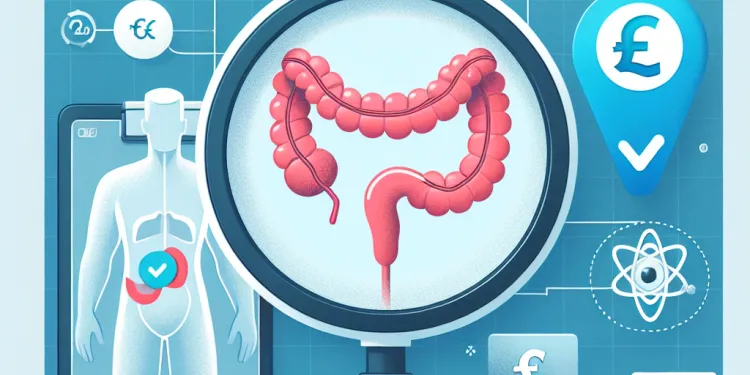
How is appendicitis diagnosed?
Relevance: 12%
-

How can I secure my email after a hack?
Relevance: 11%
-

What should I do if I suspect my email has been compromised through phishing?
Relevance: 11%
-
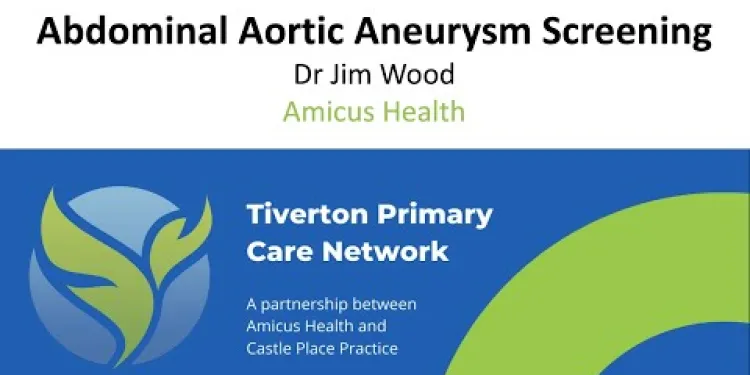
NHS Abdominal Aortic Aneurysm (AAA) Screening
Relevance: 10%
-

How is thrombosis diagnosed?
Relevance: 10%
-

Your abdominal aortic aneurysm (AAA) screening appointment
Relevance: 10%
-
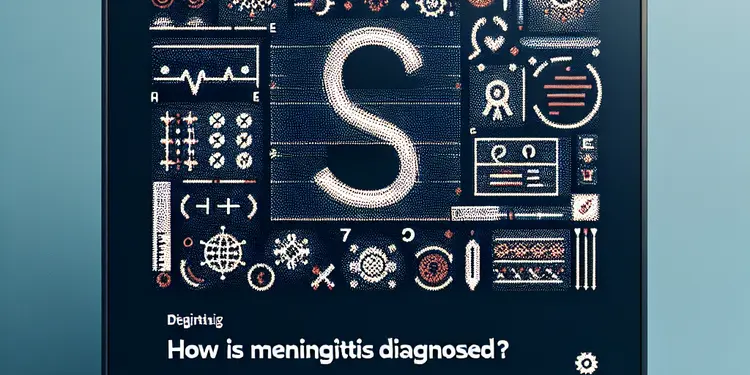
How is meningitis diagnosed?
Relevance: 9%
-

How is motor neurone disease diagnosed?
Relevance: 9%
-

Abdominal Aortic Aneurysm (AAA) screening programme
Relevance: 9%
-

Can antivirus software protect my email from being hacked?
Relevance: 9%
-

Can I use Bitcoin or XRP for purchases?
Relevance: 9%
-

Eddie's Story - Abdominal Aortic Aneurysm (AAA) Screening
Relevance: 9%
-

Why does my email appear to be sending spam?
Relevance: 9%
-

How can I recover a hacked email account?
Relevance: 8%
-

What is the likelihood of needing surgery for suspected appendicitis?
Relevance: 8%
-

Can testicular cancer spread to other parts of the body?
Relevance: 8%
-

How will police and authorities verify digital driving licenses?
Relevance: 8%
What to Expect of a DXA Scan
Introduction to DXA Scans
A Dual-Energy X-ray Absorptiometry (DXA) scan is commonly used in the United Kingdom to measure bone mineral density (BMD). This diagnostic tool is crucial for assessing conditions such as osteoporosis and for evaluating fracture risk. It provides precise data by using low-dose X-rays to measure the amount of calcium and other minerals in a segment of bone.Before the Scan
Before undergoing a DXA scan, you typically won't need to follow any specific dietary restrictions. However, it is essential to inform your healthcare provider if you have recently had any procedures involving barium or if you've taken any calcium supplements, as these could affect the scan's accuracy. Wearing loose, metal-free clothing is recommended to prevent interference with the X-ray images.The Scan Process
Upon arrival, you will be asked to lie on a padded table. The scanner will pass over your lower spine and hips, though sometimes the forearm is scanned if the spine or hip cannot be scanned. The process is non-invasive, meaning no injections or incisions are involved. During the scan, you'll need to stay still to ensure clear and precise images. Most DXA scans are completed within 10 to 20 minutes.What to Expect During the Scan
The DXA scan is pain-free, and while you may hear some mechanical noises from the scanner, it doesn’t cause discomfort. The low-level X-rays used in the scan expose you to minimal radiation—much less than a standard chest X-ray. The technologist operating the machine will be in a separate room but will be able to communicate with you throughout the procedure.After the Scan
There is no recovery period needed following a DXA scan, so you can return to your daily activities immediately. Your results will typically be analyzed by a radiologist or a specialist. The findings will be shared with your referring healthcare provider, usually within a week. Based on your BMD results, your doctor will discuss any necessary lifestyle changes, medications, or follow-up tests.Conclusion
A DXA scan is a safe, quick, and effective method to evaluate bone health. Understanding what to expect can help alleviate any concerns and ensure you are prepared for the procedure. This diagnostic tool plays a vital role in detecting and managing bone-related conditions, helping you maintain optimal health.What to Expect from a DXA Scan
Introduction to DXA Scans
A DXA scan is a test that checks how strong your bones are. It is often used in the UK to see if someone has weak bones, a condition called osteoporosis. The scan uses a small amount of X-ray to look at the minerals like calcium in your bones.Before the Scan
Before the DXA scan, you usually don't need to change what you eat. Tell your doctor if you've recently had a test with barium or if you take calcium pills. This can change how the scan works. Wear loose clothes without metal so the images are clear.The Scan Process
When you arrive, you'll lie on a soft table. A machine will scan your lower back and hips. If it can’t scan these areas, it may scan your arm. The test doesn’t use needles, and you won’t feel pain. You need to stay still so the images come out clear. The whole scan takes about 10 to 20 minutes.What to Expect During the Scan
The DXA scan does not hurt. You might hear some noise from the machine, but it won’t bother you. The X-rays are very low and safe, much less than a normal X-ray. The person running the machine will be in another room but can talk to you.After the Scan
You can go back to your normal activities right after the DXA scan. A doctor will look at your results and send them to your healthcare provider, usually in a week. Your doctor will talk to you about the results and if you need to change anything or take more tests.Conclusion
A DXA scan is a safe and quick way to check bone health. Knowing what will happen can help you feel calm and ready. This test is important for finding and treating bone problems, so you can stay healthy.Frequently Asked Questions
What is a DXA scan?
A DXA (Dual-energy X-ray Absorptiometry) scan is a medical imaging test designed to measure bone density and assess the risk of fractures. It can also be used to measure body composition, such as the amount of fat and muscle in your body.
Why might I need a DXA scan?
You might need a DXA scan if you are at risk of osteoporosis, have had a recent fracture, or have a condition or are taking medications that can affect bone health. It is also used for body composition analysis in certain health assessments.
Is a DXA scan safe?
Yes, a DXA scan is safe. It uses very low levels of radiation, significantly lower than a standard X-ray, to obtain accurate readings.
How do I prepare for a DXA scan?
Preparation is minimal. However, you should avoid taking calcium supplements for 24 hours before the scan. Wear loose, comfortable clothing and avoid garments with metal fastenings or zips.
How long does a DXA scan take?
A DXA scan typically takes about 10 to 20 minutes to complete, depending on the areas of the body being examined.
What happens during a DXA scan?
During a DXA scan, you will lie on your back on a flat, open X-ray table. The scanner will pass over your body, usually focusing on your hip, spine, and in some cases, your forearm.
Does a DXA scan hurt?
No, a DXA scan is painless and non-invasive. You will need to stay still during the scan to ensure accurate results.
Who will perform my DXA scan?
A trained radiographer or technician will perform the scan. The results are usually reviewed and interpreted by a specialist, such as a radiologist or an endocrinologist.
When will I get my DXA scan results?
You will usually receive your results within a few days to a week, depending on the healthcare facility. Your doctor will discuss the results with you.
Will my DXA scan be covered by the NHS?
In the UK, DXA scans are generally covered by the NHS if medically necessary. If the scan is for body composition analysis or other uses not covered by the NHS, you may need to pay privately.
Can I eat or drink before a DXA scan?
Yes, you can eat and drink normally before a DXA scan, but avoid taking calcium supplements for 24 hours before the test.
What should I wear to a DXA scan?
Wear loose, comfortable clothing without metal zips, buttons, or hooks. You may be asked to change into a hospital gown if your clothing interferes with the scan.
Is there any risk associated with a DXA scan?
The risks are minimal as it uses very low doses of radiation. However, let your doctor know if you are pregnant as radiation exposure should be avoided during pregnancy.
Can children have a DXA scan?
Yes, children can have a DXA scan if needed. However, the decision to perform a scan on a child will depend on the specific medical circumstances and should be discussed with a healthcare provider.
How often should I have a DXA scan?
The frequency of DXA scans depends on your individual risk factors and medical history. Your doctor will provide guidance on how often you need the scan based on your health needs.
What is a DXA scan?
A DXA scan is a special test. It takes pictures of your bones to see how strong they are. This helps doctors check your bone health.
Helpful tools:
- Ask a grown-up to explain if you have questions.
- Use pictures or videos to see how a DXA scan works.
A DXA scan is a type of medical test. It uses special X-rays to check how strong your bones are. This helps doctors see if you might break a bone easily. A DXA scan can also show how much fat and muscle you have in your body.
Why do I need a DXA scan?
A DXA scan is a special x-ray test. It checks your bones. It helps find out if your bones are strong or weak. This can be important if you have certain health problems.
Ask your doctor or nurse if you need a DXA scan. They will tell you why it might help. Remember, it is okay to ask questions!
You might need a DXA scan if your bones could be weak. This can happen if:
- You have a condition that affects your bones.
- You are taking medicine that can make your bones weaker.
- You have broken a bone recently and doctors want to check your bone health.
- Doctors need to look at your body's makeup for health reasons.
Tools that can help you read better:
- A reading ruler can help you keep your place on the page.
- Audiobooks let you listen to the words instead of reading them.
Is a DXA scan safe?
A DXA scan is a type of X-ray that checks your bones. It helps doctors see how strong your bones are.
DXA scans use very little radiation, much less than a normal X-ray. This means they are safe for most people.
If you are worried about the scan, you can talk to your doctor or nurse. They can explain more and help you feel better.
It might help to bring a friend or family member with you to the appointment.
Remember to stay still and relaxed during the scan. It will be over quickly.
Yes, a DXA scan is safe. It uses a tiny amount of radiation, much less than a normal X-ray, to take clear pictures.
How do I get ready for a DXA scan?
A DXA scan is a special test to look at your bones. Here is how you can get ready:
- Wear clothes without metal. No zippers, buttons, or belts.
- Tell the doctor if you had a test with a barium or dye in the last week.
- Do not take calcium pills for 24 hours before your scan.
Tools to help you:
- Ask someone to remind you about your scan.
- Use a calendar to mark the day of your scan.
- Bring a notebook to write down what the doctor says.
Getting ready is easy. Don't take calcium pills for one day before the scan. Wear loose and comfy clothes. Try not to wear anything with metal buttons or zips.
How long is a DXA scan?
A DXA scan usually takes about 10 to 20 minutes.
If you need help, ask someone you trust. You can also use pictures or videos to understand better.
A DXA scan takes about 10 to 20 minutes. It depends on which parts of the body are checked.
What happens during a DXA scan?
A DXA scan is a test that looks at your bones. It shows if they are strong. Here's what happens:
1. You lie down on a soft table.
2. A big machine moves over your body. It doesn't hurt.
3. The machine takes pictures of your bones.
4. The test is fast. It takes about 10 to 20 minutes.
You can bring someone with you if you want. They can help you feel calm. You can also listen to music to relax.
During a DXA scan, you lie on your back. The table is flat and open. A scanner moves over your body. It usually checks your hip, spine, and sometimes your forearm.
Does a DXA scan hurt?
A DXA scan does not hurt. You just lie still on a table. The machine takes pictures of your bones. It is quick and easy.
If you feel worried, take deep breaths to relax. You can also ask the nurse or technician to explain the steps.
No, a DXA scan does not hurt and does not go inside your body. You will need to lie still during the scan so the results are correct.
Who will do my DXA scan?
A trained person will do the scan. The scan pictures are looked at by a doctor who is very good at this. They tell us what the pictures mean.
When will I see my DXA scan results?
You will get your DXA scan results soon after the test. This might be the same day or a few days later.
If you want help reading your results, ask a doctor or nurse. They can explain what the numbers mean.
You can also use tools like a magnifying glass or read-aloud apps to help you understand the results better.
You will usually get your test results in a few days to a week. This depends on the hospital or clinic. Your doctor will talk to you about what the results mean.
Will the NHS pay for my DXA scan?
A DXA scan is a special test that looks inside your bones. It helps doctors know if your bones are strong. Sometimes the NHS will pay for this test.
To find out if the NHS will pay for your DXA scan, ask your doctor. They can tell you what to do.
If you need help understanding, you can:
- Ask someone you trust to read it with you.
- Use a computer or phone app that reads words out loud.
- Draw a picture to help you remember.
In the UK, the NHS usually pays for DXA scans if you need them for your health. If you want a scan for something else, like checking your body's fat and muscle, you might have to pay for it yourself.
Can I eat or drink before a DXA scan?
Before your DXA scan, here are some simple rules for eating and drinking:
- Try not to eat for a few hours before the scan. This helps get the best results.
- If you need to eat, have a small snack.
- You can drink water before the scan.
- Avoid drinks like soda or juice right before the scan.
Using a calendar to mark your scan date might help you remember these rules. You can also set a reminder on your phone!
Yes, you can eat and drink like you usually do before a DXA scan. But, do not take calcium pills for 24 hours before the test.
What Clothes Should I Wear for a DXA Scan?
When you go for a DXA scan, wear comfy clothes. Try to wear clothes without any metal, like zippers or buttons. This will help make the scan better.
Things you can do:
- Pick clothes like sweatpants and a t-shirt.
- Avoid wearing a belt or jewelry.
- If you wear a bra, choose one without metal parts.
Ask someone you trust to help you pick the right clothes. They can check if there is any metal on your clothes.
Wear comfy clothes that are not tight. They should not have metal things like zips, buttons, or hooks. If your clothes are not okay for the scan, you might need to wear a hospital gown.
Are there any risks with a DXA scan?
A DXA scan is a safe test. It uses a small amount of X-rays. This helps doctors check your bones. The X-rays are not very strong. The risk is very low.
Sometimes people worry about X-rays. But the amount used in a DXA scan is very small. This makes it as safe as taking a walk outside.
Always talk to your doctor or nurse if you have questions. They can help explain things. You can also use picture guides to understand better.
The risks are very small because it uses tiny amounts of radiation. But, tell your doctor if you are going to have a baby because radiation can be harmful during pregnancy.
Can kids get a DXA scan?
Yes, kids can have a DXA scan. It is a test that takes pictures of bones to see how strong they are.
What is a DXA scan?
A DXA scan is a special machine that looks at bones. It is like getting a photo taken of the bones.
Why do kids need it?
Kiddos might need a DXA scan if they have bone problems. It helps doctors know if bones are okay or need help.
How does it feel?
It does not hurt. A child just stays still for a little while. They can even think of it as a special photo of their bones!
Help is here!
If your child is worried, you can talk to the doctor or nurse. They can explain what will happen.
Yes, kids can have a DXA scan if needed. But doctors will talk to parents first to decide if it’s really needed for the child. It's important to discuss it with a doctor.
If you need help understanding, you can:
- Ask your doctor to explain it in simple words.
- Bring a friend or family member to help listen.
- Use a voice recorder to remember what the doctor says.
How often should I get a DXA scan?
How often you need a DXA scan depends on your health and medical history. Your doctor will tell you when you need to have the scan.
Useful Links
- Ergsy carfully checks the information in the videos we provide here.
- Videos shown by Youtube after a video has completed, have NOT been reviewed by ERGSY.
- To view, click the arrow in centre of video.
- Most of the videos you find here will have subtitles and/or closed captions available.
- You may need to turn these on, and choose your preferred language.
- Go to the video you'd like to watch.
- If closed captions (CC) are available, settings will be visible on the bottom right of the video player.
- To turn on Captions, click settings .
- To turn off Captions, click settings again.
More Items From Ergsy search
-

What to expect of a DXA Scan
Relevance: 100%
-

What to expect of a DXA Scan
Relevance: 99%
-

Going For a CT Scan
Relevance: 42%
-

Going for an MRI Scan
Relevance: 40%
-

So, you're having a CT scan...
Relevance: 40%
-

Having a CT Scan in Tayside
Relevance: 40%
-

I'm having an MRI scan
Relevance: 40%
-

Are AI body scans reliable?
Relevance: 40%
-

Having a CT scan in Hospital - What's it like having a CT scan at Bedford Hospital?
Relevance: 39%
-

How Does an MRI Scan Work?
Relevance: 36%
-

The FDG PET Scan: What to expect
Relevance: 36%
-

Having an Ultrasound scan at Manchester Royal Infirmary
Relevance: 35%
-

Your PET/CT scan at University College Hospital
Relevance: 35%
-

Patient video: What to expect when having a bone scan
Relevance: 33%
-

Having a CT Scan at Stoke Mandeville Hospital - Buckinghamshire Healthcare NHS Trust
Relevance: 32%
-

MRI Scanner walkthrough - what to expect at your appointment
Relevance: 17%
-

Screening tests for you and your baby | NHS
Relevance: 14%
-

Radiotherapy CT scanner
Relevance: 14%
-

Your Ultrasound Appointment
Relevance: 13%
-

FFR-CT beat invasive conventional coronary angiography says a Cardiologist
Relevance: 13%
-

Prostate cancer diagnosis and tests
Relevance: 13%
-

How is testicular cancer diagnosed?
Relevance: 13%
-

Survivor of an Abdominal Aortic Aneurysm rupture appeals for men to take up NHS Screening Programme.
Relevance: 12%
-

How is appendicitis diagnosed?
Relevance: 12%
-

How can I secure my email after a hack?
Relevance: 11%
-

What should I do if I suspect my email has been compromised through phishing?
Relevance: 11%
-

NHS Abdominal Aortic Aneurysm (AAA) Screening
Relevance: 10%
-

How is thrombosis diagnosed?
Relevance: 10%
-

Your abdominal aortic aneurysm (AAA) screening appointment
Relevance: 10%
-

How is meningitis diagnosed?
Relevance: 9%
-

How is motor neurone disease diagnosed?
Relevance: 9%
-

Abdominal Aortic Aneurysm (AAA) screening programme
Relevance: 9%
-

Can antivirus software protect my email from being hacked?
Relevance: 9%
-

Can I use Bitcoin or XRP for purchases?
Relevance: 9%
-

Eddie's Story - Abdominal Aortic Aneurysm (AAA) Screening
Relevance: 9%
-

Why does my email appear to be sending spam?
Relevance: 9%
-

How can I recover a hacked email account?
Relevance: 8%
-

What is the likelihood of needing surgery for suspected appendicitis?
Relevance: 8%
-

Can testicular cancer spread to other parts of the body?
Relevance: 8%
-

How will police and authorities verify digital driving licenses?
Relevance: 8%


